The Roman period (509 BC – 476 AD)

-
The Roman period (509 BC – 476 AD)
It refers to the period from the beginning of the Roman Republic to the fall of the Western Roman Empire.

-
The Roman Republic (509 BC – 27 BC)
It refers to the period from the beginning of the Roman Republic to the fall of the Western Roman Empire.
Rome, once ruled by kings, ended its monarchy after the king’s tyranny and the incident in which the king’s son dishonored a nobleman’s wife, leading to her suicide (the Lucretia incident).
Outraged, the nobles expelled the king and his family, and the Roman Republic was established.
In this system, supreme power was vested in the consuls, while policy decisions were made by the Senate.

-
Consul
The consul was the highest office of the Roman Republic, with two consuls elected each year by the citizens.
They held supreme authority in the state and served as the commanders-in-chief of the army.
To prevent long-term dictatorship, their term was limited to one year.
In addition, by having two consuls serve simultaneously, each could check and restrain the other from abusing power.
Famous consuls included Julius Caesar, Pompey, and Crassus.

-
The Roman Senate
It was the central political institution, composed of around 300 members drawn from the aristocracy and, later, wealthy commoners.
Its main roles included deliberating and deciding on policy, determining foreign and military affairs, managing finances, and advising the consuls.
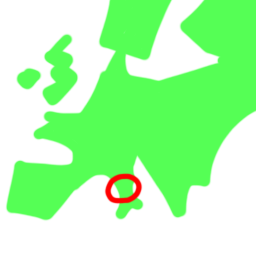
-
The location of the Roman Republic
Around here.
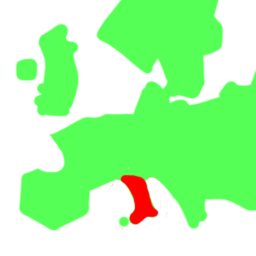
-
Unification of the Italian Peninsula (4th–3rd century BC)
The Roman Republic conquered surrounding peoples such as the Latins, Samnites, and Etruscans, and by the 3rd century BC it controlled almost the entire Italian Peninsula.

-
The Punic Wars (264–146 BC)
The Punic Wars were a series of conflicts in which Rome, during its process of expansion, clashed with Carthage, a city-state in North Africa.
There were three wars in total, and Rome emerged victorious in all of them.

-
Carthage (c. 814–146 BC)
Carthage was a city-state in North Africa.
It fought against Rome in the Punic Wars but was defeated and destroyed.
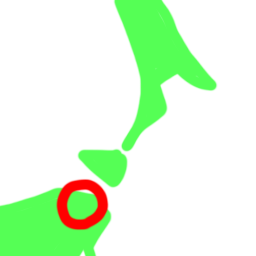
-
The location of Carthage
Around here.
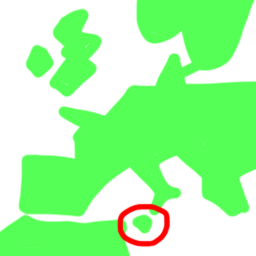
-
The First Punic War (264–241 BC)
A war between Rome and Carthage over control of Sicily. Rome was victorious.

-
Hannibal Barca (247–183 BC)
A general of Carthage. In the Second Punic War, he crossed the Alps and directly invaded Italy, putting Rome in grave danger, but was defeated by Scipio at the Battle of Zama.

-
The Second Punic War (218–201 BC)
Hannibal, the general of Carthage, crossed the Alps and invaded, putting Rome in crisis, but Rome emerged victorious when Scipio defeated Hannibal at the Battle of Zama.

-
Scipio Africanus (236–183 BC)
A Roman general. In the Second Punic War, he defeated Hannibal and led Rome to victory.

-
The Third Punic War (149–146 BC)
Carthage was completely destroyed by Rome.

-
Macedonian Kingdom (7th century BC – 148 BC)
It was defeated in the Macedonian Wars against Rome (214–148 BC) and ultimately perished when it became the Roman province of Macedonia.
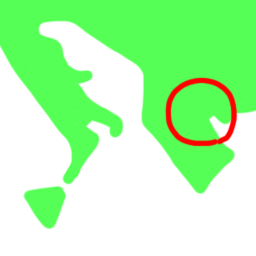
-
The location of the Kingdom of Macedonia
Around here.

-
The Macedonian Wars (215–148 BC)
A series of four wars fought between Rome and the Kingdom of Macedonia. Rome was victorious, and Macedonia was effectively destroyed.

-
The Battle of Corinth (146 BC)
A revolt by the remaining Greek forces after the Macedonian Wars. Rome suppressed it and destroyed Corinth, and Greece was fully incorporated into Roman rule.
In 146 BC, with the Battle of Corinth Rome brought Greece completely under its control, and in the same year the destruction of Carthage made Rome the master of the Mediterranean world.

-
Seleucid Empire (312–63 BC)
It fought Rome in the Roman–Syrian War but was defeated. Its territory was reduced, which became the starting point of its later decline.
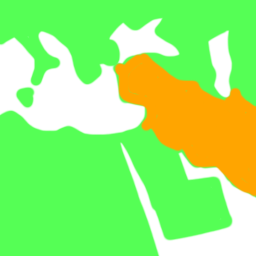
-
The location of the Seleucid Empire
Around here.

-
The Roman–Syrian War (192–188 BC)
A war between Rome and the Seleucid Empire. The Seleucids were defeated, and this marked the beginning of Rome’s eastward expansion.
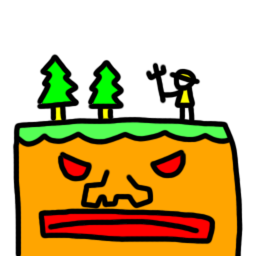
-
Latifundia
In Rome, latifundia were large estates worked by slaves. Through repeated military victories, Rome acquired vast territories, but small farmers, unable to maintain their farms due to long periods of military service, were forced to give up their land. Wealthy nobles and members of the equestrian class then bought up these lands and turned them into huge estates, creating the latifundia. However, this system brought serious problems such as the decline of small farmers, dependence on slave labor, and the widening of social inequality.

-
Kingdom of Pergamon (281–133 BC)
The Kingdom of Pergamon was a major power in Asia Minor.
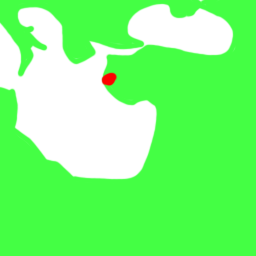
-
The location of the Kingdom of Pergamon
Around here.

-
The Bequest of the Kingdom of Pergamon (133 BC)
The last king of the Kingdom of Pergamon, Attalus III, willed that his territory be given to Rome after his death. As a result, Rome acquired Asia Minor without fighting, and the Province of Asia was created. This is regarded as the beginning of the provincial system.